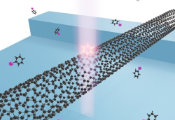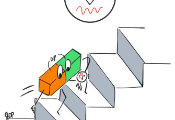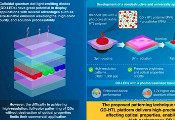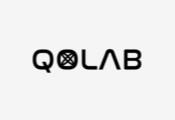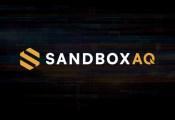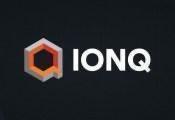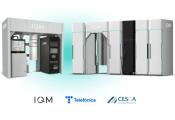Q-CTRL Teams With Wolfram, Keysight To Boost Quantum Adoption
February 27, 2024 -- Q-CTRL has announced strategic product integrations with Wolfram, Aqarios, qBraid, Qblox, and Keysight to boost quantum research, commercialization and adoption from algorithm and applications development to hardware R&D.
The new commercial partnerships integrate Q-CTRL’s AI-driven performance-management software and quantum control capabilities with diverse hardware and software platforms including Wolfram and Keysight.
With the Wolfram integration users of Mathematica can directly access Fire Opal’s performance-enhancement capabilities for quantum algorithms within the Wolfram Quantum Framework. Wolfram’s symbolic representation and visualization tools make it easy to design circuits, and now users can achieve the best achievable performance on real hardware via Q-CTRL’s Fire Opal.
Simulating quantum results on classical hardware and getting meaningful results from noisy quantum hardware are two important areas with lots of recent innovations.
The Wolfram Quantum Framework is a toolkit for Wolfram Language that offers quantum simulations. The Framework brings quantum experimentation to anyone and opens the door for more research and development of quantum algorithms. This can also be used to connect with external cloud services such as Amazon Braket or IBM Quantum for a closer look at what running on quantum hardware.
The collaboration with Qblox focuses on the interoperability between Q-CTRL’s software and Qblox controller hardware, by directly converting the optimized control solutions and AI commands designed with Boulder Opal into the actual electronic signals output to quantum hardware. The partnership will bring Q-CTRL’s capabilities in AI automated device calibration and control-solution design directly in contact with an end user’s hardware as an “out-of-the-box” option.
Q-CTRL and Keysight are integrating Boulder Opal’s hardware optimization and automation functionality with Keysight Quantum Control System (QCS) to enable users to program experiments on their quantum devices. This creates more ways for quantum hardware engineers and users to access the control solutions from Q-CTRL through their preferred controller solutions.
With recent demonstrations run on QuantWare quantum processors, the partnership demonstrates how AI automation can make quantum hardware even more accessible. Using Boulder Opal, teams using QuantWare processors can fully automate device calibration and bringup in just minutes.
“We are delighted to be working with these partners who are bringing Q-CTRL’s capabilities to their end users and empowering them to get the most out of real quantum computers – whether they’re using cloud machines or building their own,” said Alex Shih, Head of Product, Q-CTRL. “We designed our products to be easily integrated and interoperable across hardware and software architectures, and we are proud to see this help activate the quantum ecosystem. To us, making quantum technology useful relies on not just developing new technologies, but supporting researchers to easily leverage them in advancing their own projects.”
“We are thrilled to integrate Fire Opal into the Wolfram Quantum Framework,” said Mads Bahrami, Manager of Academic Innovation Support at Wolfram. “In addition to developing quantum algorithms toward achieving quantum utility, Wolfram users can now seamlessly interact with quantum hardware with significantly improved performance through Q-CTRL’s Fire Opal, all within the integrated Mathematica notebook ecosystem. This integration presents a unique opportunity to train future quantum workforces, leveraging Mathematica’s widespread use in universities and research organizations worldwide.”

